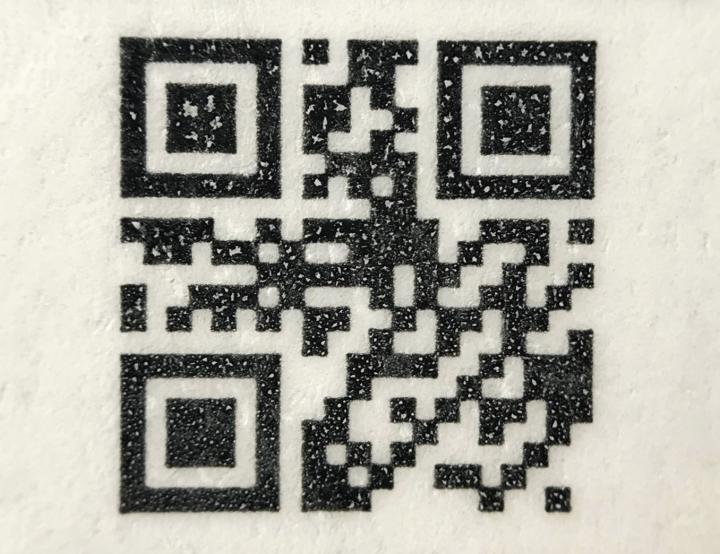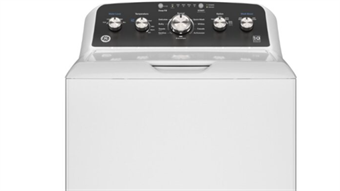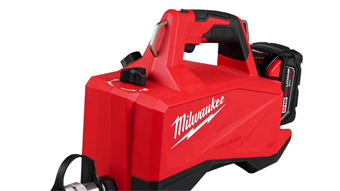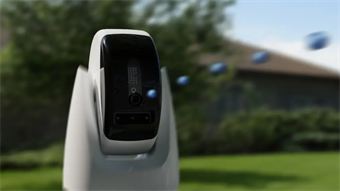Microparticle fingerprint prevents counterfeit products
Siobhan Treacy | March 01, 2019 The researchers tested the system by producing tags consisting of QR-codes printed on paper and sprayed with transparent ink containing various microparticles. Source: Thomas Just Sørensen
The researchers tested the system by producing tags consisting of QR-codes printed on paper and sprayed with transparent ink containing various microparticles. Source: Thomas Just Sørensen
Researchers from the University of Copenhagen’s Nano-Science Center have created a new way to stop counterfeiting. The team created a pirate safe labeling system that creates a unique fingerprint for individual items. The label with the fingerprint is applied before an item leaves the factory. The system is based on physical unclonable function (PUF) technology.
The label is made of transparent ink with microparticles that are sprayed on an item’s bar code. The particles form a random pattern of white dots that cannot be repeated or copied. The fingerprint is registered in a database before the product leaves the factory. The label is inexpensive and easy to mass produce. This guarantees that stores are receiving genuine items and reassures customers that the item they are purchasing is real.
After purchase, customers validate their new item by scanning the fingerprint on an app linked to the team’s database of labels and fingerprints. The customer scans the label and the system searches through the database to find a match. If a match is found, then the item is real. No match means the customer has purchased a fake item.
The team tested the new system 9720 times. During testing, they used many kinds of mobile phones to guarantee that the app works no matter what kind of phone the user has. The testing results showed zero false positives and 76% of the cases had positive matches. The remaining 34% had clarity issues, like a blurry image or dirty tag, which can be fixed later.
"When purchasing pharmaceuticals online, you have no way of knowing whether what you bought might have been produced in a Ghanaian sweatshop. Today, consumers are not able to check for themselves whether an item is genuine or not. They must trust every step of the production and supply chain. Our system provides every step in this process with equal access to the system," said Thomas Just Sørensen, UCPH researcher and associate professor.
A paper on the anti-counterfeit technology was published in ACS Applied Materials and Interfaces.




